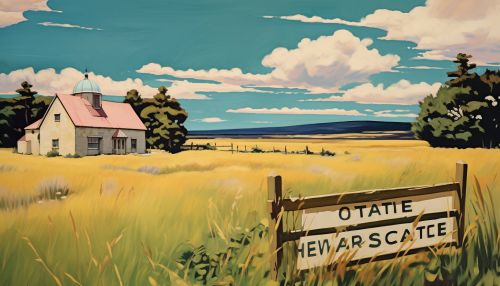Ecology
Introduction
Ecology is a branch of biology that studies the interactions among organisms and their environments, which include both biotic and abiotic components. It is an interdisciplinary field that includes biology and Earth science. Ecology includes the study of interactions that organisms have with each other, other organisms, and with abiotic components of their environment.

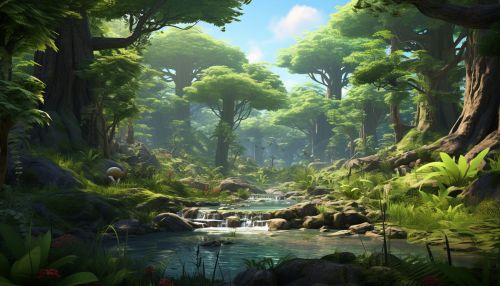
History of Ecology
The term "ecology" was coined by the German zoologist Ernst Haeckel in 1866. However, ecological thought, the recognition of the natural world as an interconnected whole, has roots in antiquity. Early ideas in the history of ecology include the concept of the balance of nature.
Concepts and Principles
Ecology is a complex discipline that draws on many scientific techniques, including mathematical modeling, laboratory experiments, field surveys, and remote sensing. The fundamental concepts and principles of ecology include ecosystems, food webs, ecological niches, and biodiversity.
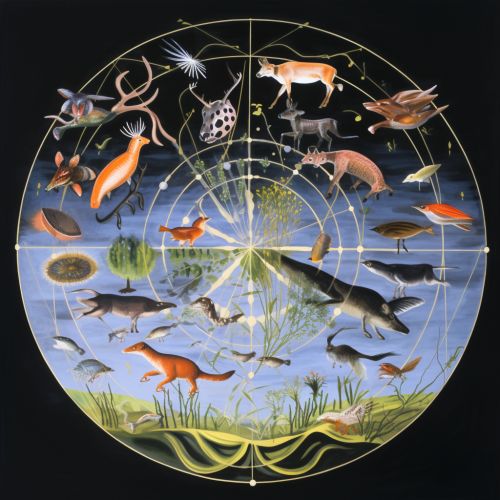
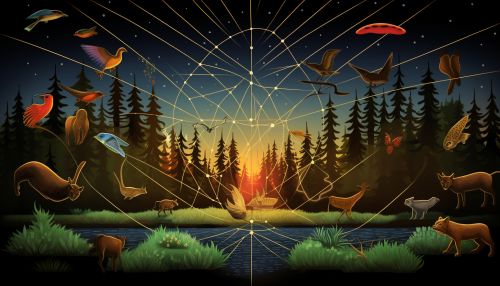
Ecosystems
An ecosystem is a community of living organisms in conjunction with the nonliving components of their environment, interacting as a system. These biotic and abiotic components are linked together through nutrient cycles and energy flows.
Food Webs
A food web represents the feeding relationships within an ecosystem. Organisms are grouped into trophic levels based on how many links they are removed from the primary producers.
Ecological Niches
The ecological niche of an organism is the role it plays in its community, including its habitat, its interactions with other organisms, and its contributions to the flow of energy and nutrients.
Biodiversity
Biodiversity is the variety of life at all levels of biological organization, including the genetic diversity within species, the diversity of species within communities, and the diversity of communities within ecosystems.
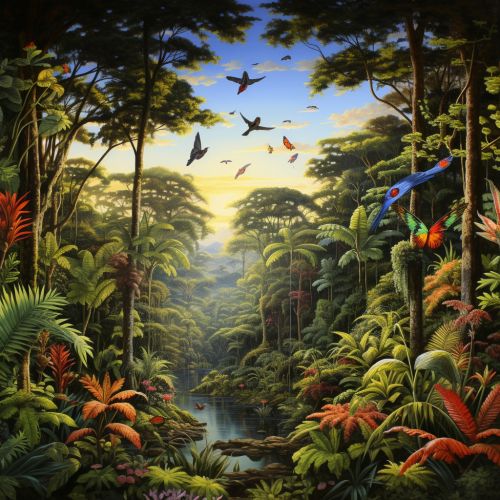
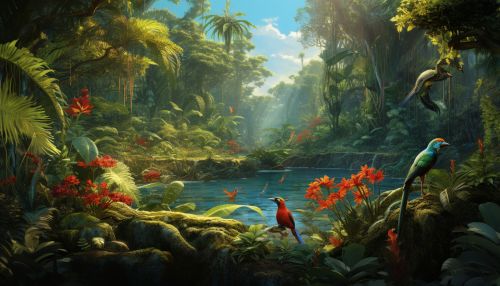
Ecological Levels
Ecology is studied at various levels, from individuals and populations to communities, ecosystems, and the biosphere. Each level has its own range of concerns, phenomena, and methods of study.
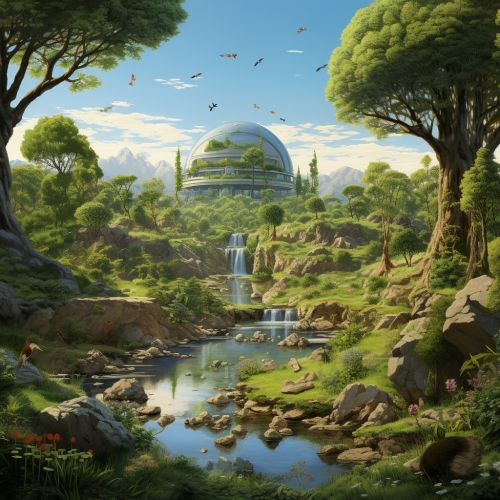
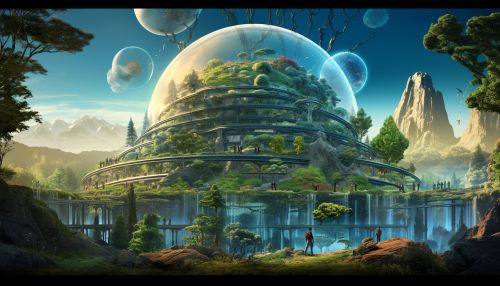
Individuals
At the individual level, ecological concerns include the life history, distribution, and behavior of individual organisms.
Populations
A population is a group of individuals of the same species living in the same area. Population ecology studies the dynamics of populations and how populations interact with their environment.
Communities
A community is a group of populations of different species living in the same area. Community ecology studies the interactions between species in a community and how these interactions shape the community.
Ecosystems
Ecosystem ecology studies the flow of energy and materials through organisms and the physical environment. It seeks to understand how ecosystems are formed, how they operate, and how they respond to disturbances.
Biosphere
The biosphere is the global sum of all ecosystems. It encompasses all living organisms on Earth and their interactions with the abiotic environment.
Applications of Ecology
Ecology has many practical applications, including natural resource management, conservation biology, city planning, and public health. The principles of ecology can be used to understand, manage, and conserve biological systems.

